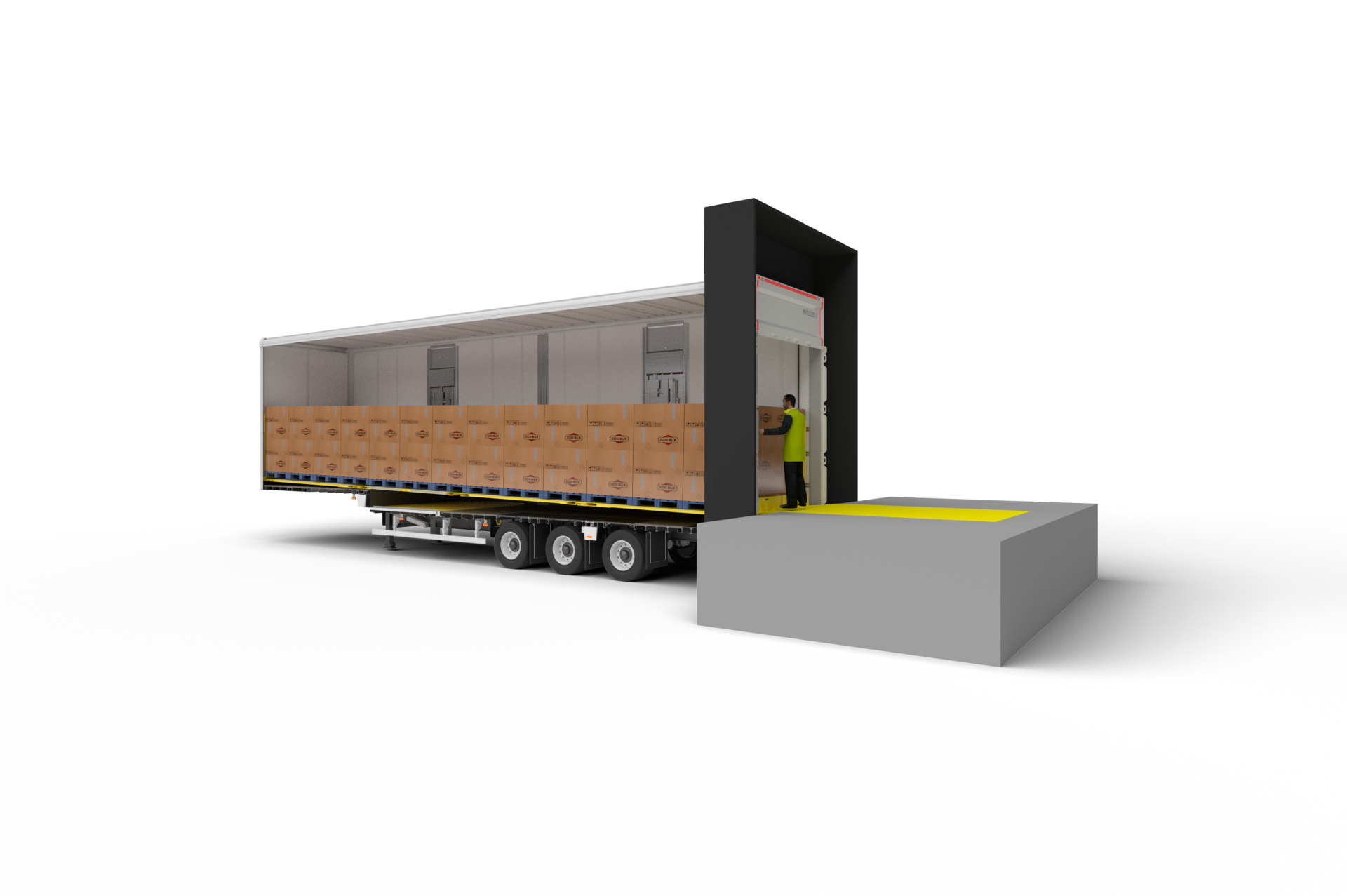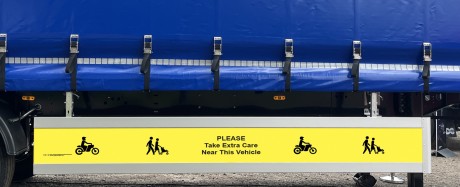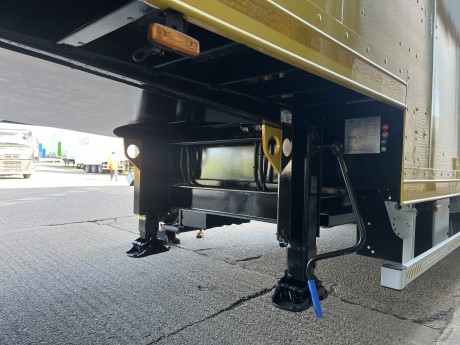For anyone working in the world of logistics, loading and unloading HGVs is a routine part of the day. But routine doesn't mean risk-free, especially when operating in high-risk environments like busy yards or narrow loading bays. Underestimating the dangers can lead to serious accidents, injuries, and even fatalities.
The Invisible Threats:
HGVs are behemoths of the road, and their sheer size and weight pose a constant threat. Collisions with pedestrians, workers, or other vehicles can be devastating. But the dangers go beyond the obvious.
- Falling objects: Unsecured cargo within an HGV can shift during loading or unloading, leading to unpredictable and potentially deadly falls.
- Crushing hazards: Pinching points between the HGV and loading bay infrastructure, or between equipment like forklifts and the vehicle itself, can cause severe crush injuries.
- Slips and trips: Spills, uneven surfaces, and poor weather conditions can create slippery hazards around loading bays, increasing the risk of falls and injuries.
- Ergonomic stresses: Lifting heavy objects, awkward postures, and repetitive movements can lead to musculoskeletal injuries over time.
Safety First, Always:
To navigate these dangers and protect everyone involved, prioritizing safety is key. Here are some essential steps to remember:
- Planning and preparation: Conduct thorough risk assessments, plan the loading/unloading process meticulously, and ensure everyone involved is properly trained and equipped.
- Communication and visibility: Clear communication between drivers, loading personnel, and any other individuals in the vicinity is crucial. Maintain good visibility around the HGV by using hazard lights, cones, and mirrors.
- Secure your load: Properly secure cargo within the HGV using appropriate tie-downs and dunnage to prevent shifting and falls.
- Mind the gap: Maintain safe distances between personnel and the HGV during loading and unloading. Use designated walkways and avoid working underneath raised platforms.
- Equipment checks: Regularly inspect and maintain lifting equipment, forklifts, and other machinery used in the process.
- Personal protection: Always wear appropriate PPE, including high-visibility clothing, sturdy footwear, and gloves when working near HGVs.
Building a Safer Culture:
Creating a culture of safety within your organization is essential for long-term success. This includes providing ongoing training, encouraging hazard reporting, and fostering a sense of shared responsibility for everyone's well-being.
Resources for a Safer Journey:
For drivers, loading personnel, and management alike, access to proper resources is crucial. Please feel free to browse from the related content links below.
We’d love to hear from you – get in touch today!







